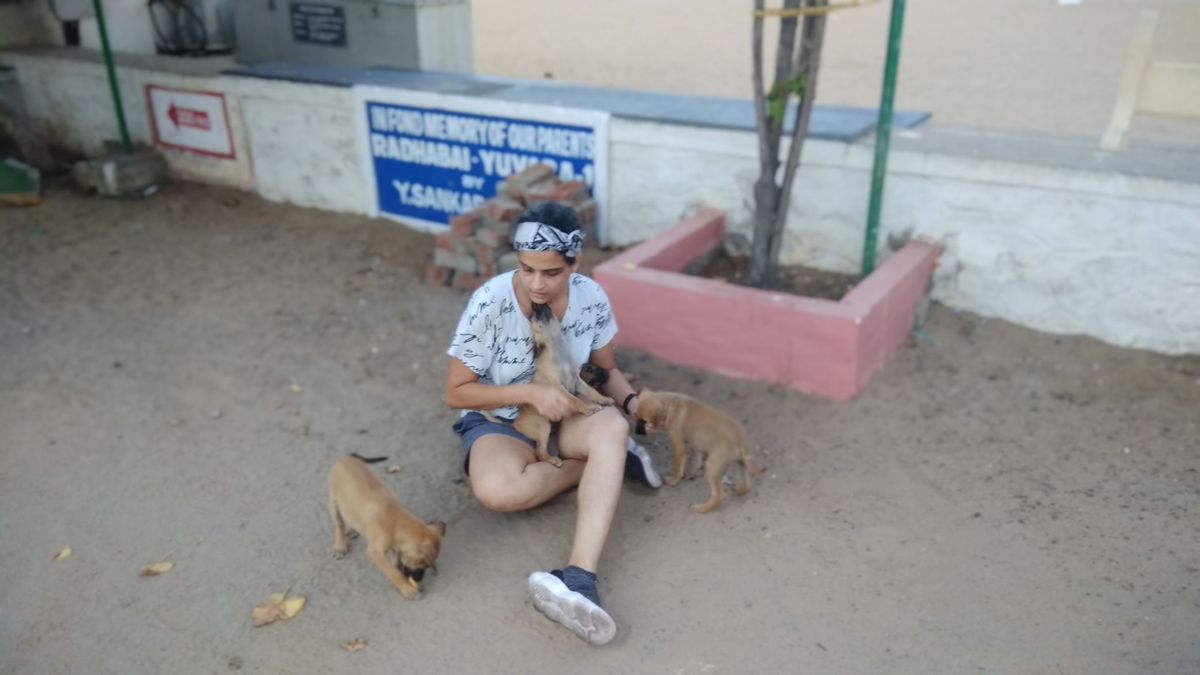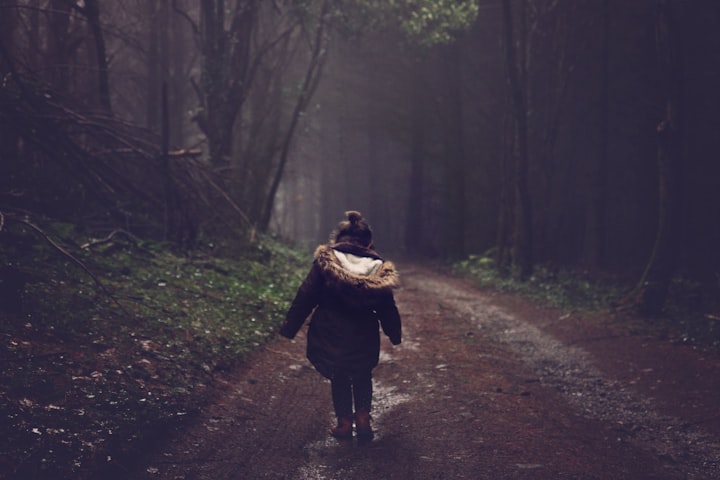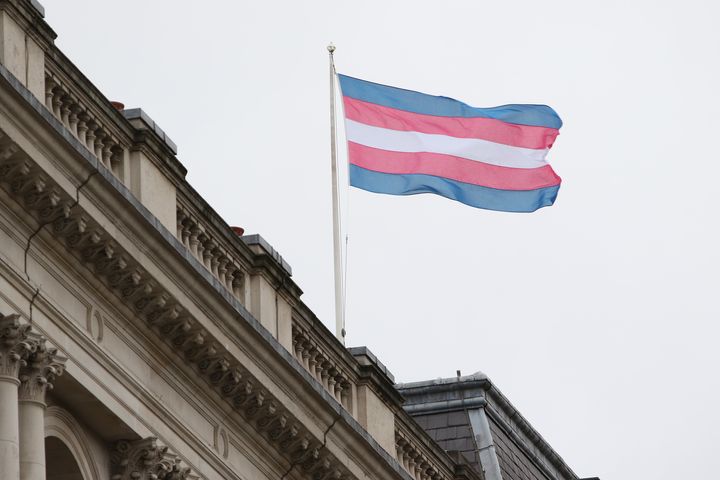Why I Chose to Quit Eating Meat and Remain Anti-Caste
Choosing compassion brought me closer to my activism

In the Indian caste hierarchy, Brahmins are at the top and revered as a sect subordinate only to God. The caste system has been in practice for well over a thousand years and it is the oldest known form of social stratification. Originating from the Hindu religion which considers the Manusmriti as its holy scripture, the caste system is justified as a means of bringing order and regularity to the society. Much to the denial of modern-day Brahmins, the evils of the caste system punish people over a chance event of birth even today. Much like the unfounded logic of Aryan supremacy, the caste system is nothing short of a holocaust that claims to cleanse India into a Hindu Rashtra (a Hindu Nation devoid of any lower caste/non-Hindu members).
In this attempt to shove superiority down people’s throats, Brahmins have used vegetarianism as a weapon against members of the lower caste. That those consuming meat are somehow barbaric; an act that would displease the Hindu gods. Brahmins have especially penalized the members of lower caste for consuming cows, an animal considered holy in Manusmriti. Men have been murdered, women raped and children mutilated by self-styled vigilantes who have vowed to purify the land at the behest of their leader, Prime Minister Modi, and his tyrannical stooges who fuel this hate. I should clarify that this preference of worshiping cows doesn’t extend to all living beings. This was merely an excuse to slaughter the men who allegedly slaughter cows. And, like always, a Brahmin woman is not equal to a Brahmin man; it seems almost laughable to stress such an obvious, yet important, point.
“Brahmins have used vegetarianism as a weapon against members of the lower caste.”
In 1986, I was born into a Brahmin family. I was raised to be a vegetarian and, unbeknownst to me, with some form of superiority about my ‘identity’. I had an early introduction to the concept of meat-eating because there used to be a meat stall opposite our house. I would shudder whenever the shop owner wielded his butcher knife. My family didn’t teach me to hate, but as a child, I couldn’t exactly love someone who brandished weapons at voiceless creatures that were tied, drugged, and stored in a 2x2 box. Thankfully, at that time, life was filled with distractions and I became desensitized. As a child, I wasn’t exactly clear about this identity that was thrust upon me. I was just as lost as any young girl at that time, desperate to be liked and to have friends. I understood the privileges of being born a Brahmin much later in life. Within my circles, there used to be an ongoing joke about the "fail Brahmins" who fell for the taste of chicken or mutton Biryani, and would sneak out to their friends’ houses to feast on the Sunday specials. These young men were seen as the cool outliers, breaking the rules of their privileged lives by having meat to further clarify who’s the boss!
More than two decades later, I chose to quit my job and work with women’s organizations and engage in women’s rights activism full time. Completely aware of my privileges then, the harms of the caste system seemed impossible to isolate while trying to emancipate women from the shackles of patriarchy. Dalit, a collective word used to refer to lower castes, is the most oppressed community of people. And the situation of Dalit women especially is unspeakable. Most of these women are uneducated, paid less, and make up the majority of landless laborers and scavengers. A significant percentage of Dalit women are forced into prostitution in rural areas or sold into urban brothels, the girl children born to these women were, in turn, trafficked and prostituted, an endless cycle. While educating myself about caste, I came to understand the role of meat in Dalit communities in India, specifically for the women.
“A significant percentage of Dalit women are forced into prostitution in rural areas or sold into urban brothels, the girl children born to these women were, in turn, trafficked and prostituted, an endless cycle.”
The latest series of stories by the anti-caste media house Dalit Camera: Through Un-Touchable Eyes is a poignant look at the dark history of caste and meat consumption. Titled “Between love, longing and resistance: Dalit food and women’s agency”, Taranjee Parmar writes with fond recollection of the food her naani (maternal grandma) used to make for the family. “One needs to remember the voices of Dalit women like my naani in the caste-based struggles, where their kitchen acted as the ‘site of resistance’ and their cooking empowered them. We can only imagine the agency of a Dalit woman cooking Ojhri nu saak (intestine fry), amid the era of Sanskritisation of Dalits,” she says.
Manual scavenging, a caste-based inhuman practice that is forced upon Dalit women as a “livelihood”, was twice declared illegal. But to this day, it is just as rampant. A “job” that is offered specifically to Dalit women involves cleaning public toilets, public spaces, and clearing human or animal feces with their bare hands. They are paid a pittance and face harassment in the hands of their supervisors and men on the roads practically every day. In my film on sexual harassment in the workplace, I had the opportunity to go into detail about the challenges Dalit women in the unorganized sector face amid violence, sexual abuse, and caste-based oppression. At least ten Dalit women were raped per day, and their vulnerability to rape increased by 44 percent in the last ten years, according to a report by the National Crime Records Bureau of India.
Many of these women also face abuse at the hands of their husbands, and end up caring for their children alone. With very little salary and social ostracization, Dalit women have to truly struggle to make ends meet. It is in this backdrop of years of systemic oppression that the women from the Dalit community developed their love for meat.
“When an animal dies in the village, it is the caste-based duty of the Dalit community to get rid of it. This animal is then cut and its several parts are shared between the community. My naani always used to ask for some extra part of the dead cow or buffalo’s intestines. This was then cut into small pieces, fried with as little oil as possible, with onions, green chilies and a bit of coarse salt to eat along with thick bajra or jowar rotis,” Tarjanee said in her story.
Wanting to challenge this status quo, I too took to eating meat as a form of protest against the upper caste tyranny. I was fully aware that it doesn’t make me a hero, nor was the act making the lives of Dalits better. There was a nation-wide protest on the ban of beef and many anti-caste groups set up kiosks to discredit it by cooking and consuming beef in public. I found this protest by anti-caste groups to be revolutionary, confronting a fascist government head-on. My activism continues to be acutely aware of the role caste plays in patriarchy, and my films and writings reflect that.
“Wanting to challenge this status quo, I too took to eating meat as a form of protest against the upper caste tyranny.”
Sometime around 2018, I got involved in rescuing hurt animals from abusive owners and caring for the "streeties" in my neighborhood. Watching animals stuck in abusive homes had an eerie similarity to the way so many of us women are stuck in an abusive marriage or family. Phil Arkow, coordinator of the National Link Coalition (a group focusing on the intersection between violence toward animals and humans) has written extensively about animal abuse as an indication of domestic violence, or what’s called a “predictor crime.” Another study in 2017 showed that 89 percent of women who had companion animals during an abusive relationship reported that their animals were threatened, harmed, or killed by their abusive partner. I volunteered to do more rescue work and grew increasingly attached to it—at the cost of my mental health.
After spending so much time with these animals, I couldn’t bring myself to eat meat anymore. I found this contrary to my earlier conviction to topple the Hindu supremacists’ agenda, and struggled to make sense of the contradiction.
I talked to a lot of my animal rescue friends who continued to eat meat, and they cited factors like health, an act of nature and force of habit that made them not quit eating meat. I also had a chance to read parts of The Vegetarian Myth by Lierre Keith where she details the benefits of a meat based diet. I was still not sold. I found myself to be in a position where my inability to eat meat had nothing to do with health, caste, or my humanitarian activism at all.
“The helplessness I felt when a family member molested me, and during years of gaslighting in a broken marriage, unable to escape it; I saw myself in every animal that was vulnerable.”
People who ate meat didn’t put me off, nor did I think it was my business. It took me almost a year to tell myself that and come to terms with it. I was so fascinated by the life and work of Mary Temple Grandin, a huge advocate for the humane treatment of livestock for slaughter, and author of more than 60 scientific papers on animal behavior. In a film I watched about her life, a line she said moved me to tears, and I found closure to my conflicting life choices. When asked about why she wanted the slaughter to be humane she said, “Nature is cruel. We don’t have to be!”
A large part of this decision also had to do with my experience of being abused multiple times. The helplessness I felt when a family member molested me, and during years of gaslighting in a broken marriage, unable to escape it; I saw myself in every animal that was vulnerable. I couldn’t get myself to cause harm to it. Living in an unequal society where power is never in the hands of the oppressed, I found eating meat contrary to my decision to fight for women’s rights. And this is my way of reconciling with the horrible world we live in. I don’t mean to cast aspersions or qualify someone’s merit as a feminist whatsoever. This is a personal story of how I got close to nature because of my experiences with abuse. While I can’t stop cruelty in this world, be it to animals or women, I want to be able to find a way to alleviate it as much as I can.
While I no longer eat meat, I am neither going to conform to the Brahmanical purification myth, nor will I have to prove my anti-caste mettle by doing something I don’t want to.
The generous support of our readers allows 4W to pay our all-female staff and over 50 writers across the globe for original articles and reporting you can’t find anywhere else. Like our work? Become a monthly donor!
Enter your email below to sign in or become a 4W member and join the conversation.
(Already did this? Try refreshing the page!)




Comments